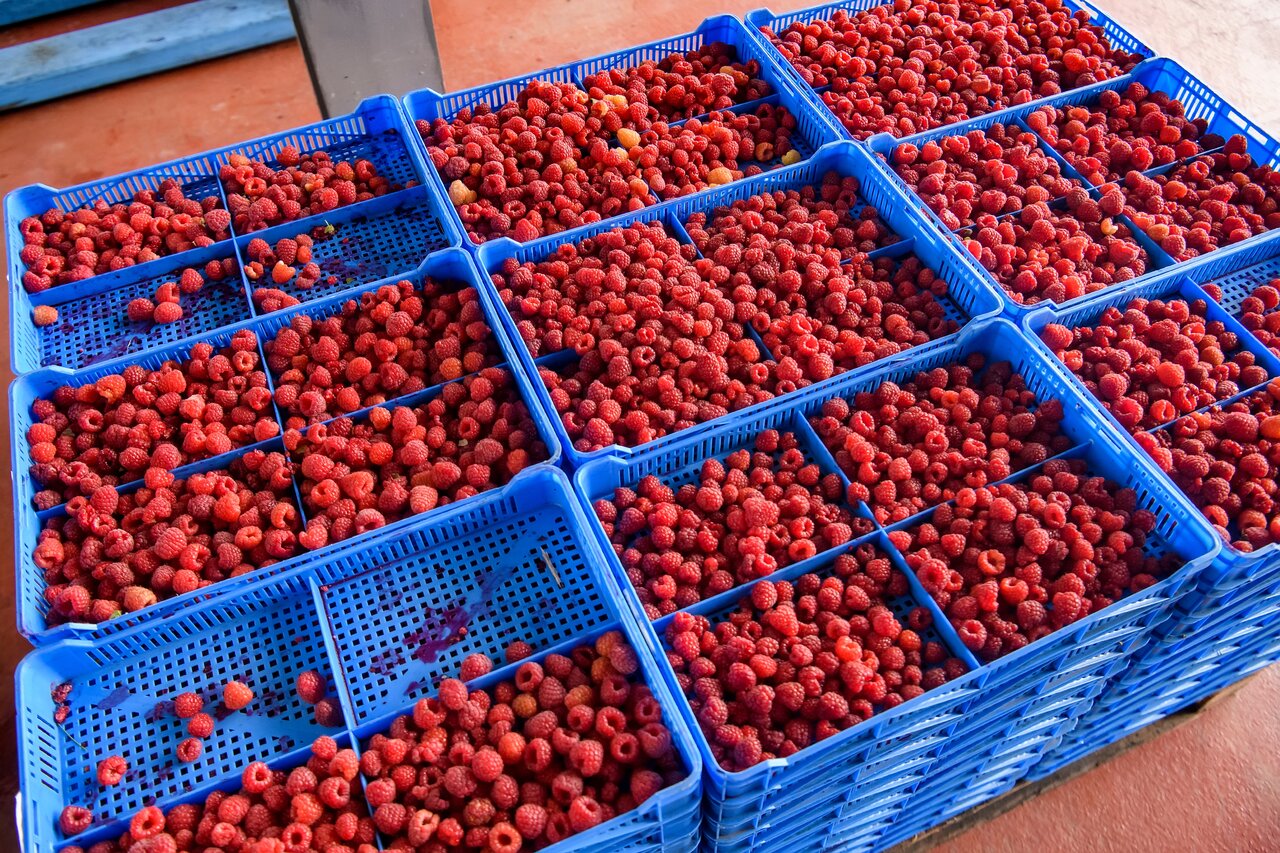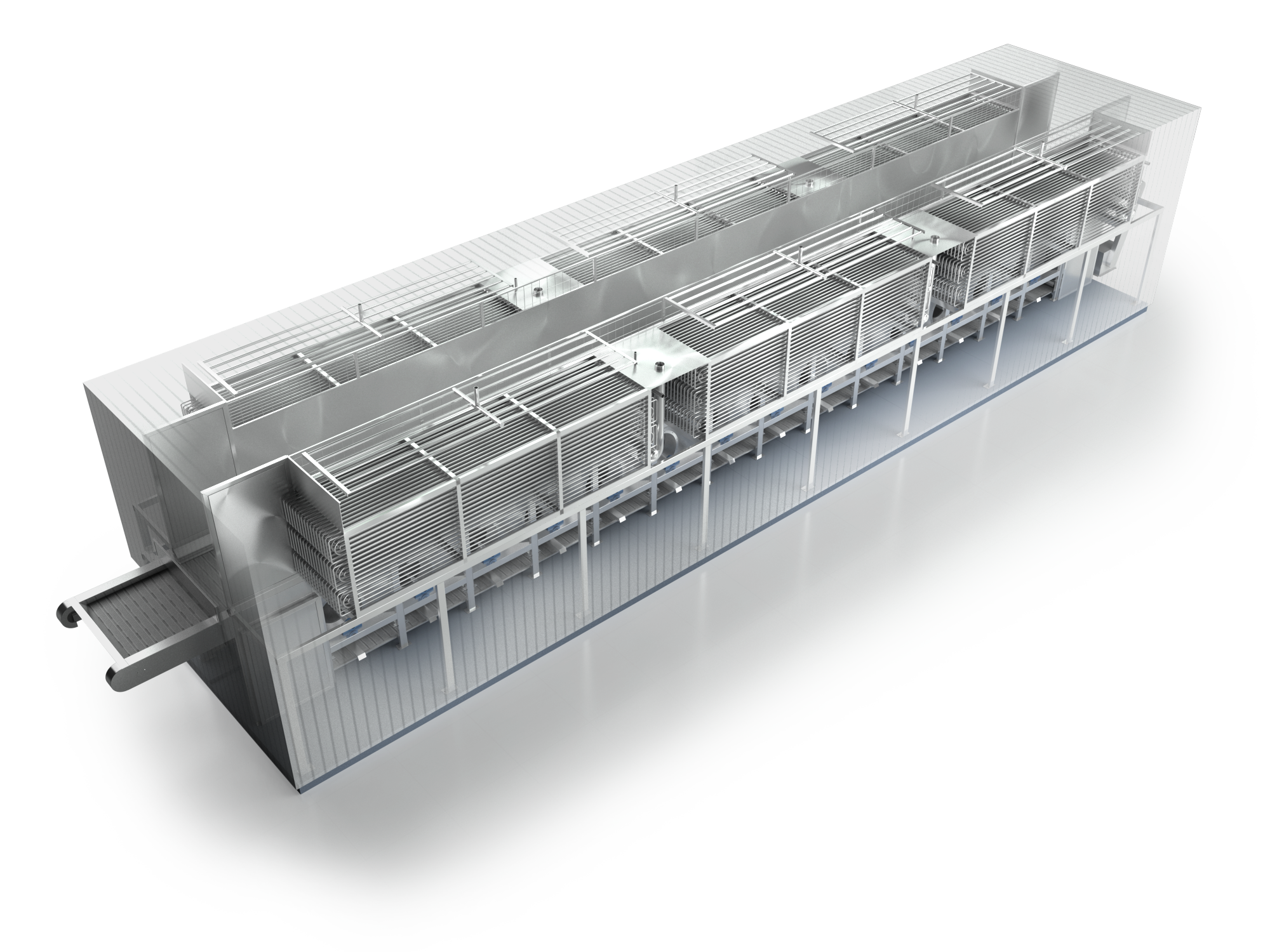
Static vs fluidized freezingwhat is the premium method for freezing IQF raspberries
2024-04-06 10:00Embracing the Demand for Raspberries
In recent years, the global export of raspberries has witnessed an unprecedented surge, particularly in Europe and North America. This surge can be attributed to the rising prices of frozen raspberries and the subsequent expansion of raspberry plantations.
With its numerous advantages, including perceived health benefits, adaptability to diverse soil and climatic conditions, and exceptional economic efficiency, raspberries have emerged as the fruit of choice, promising quick returns on initial investment.
The Clash of Freezing Methods: Static vs. Fluidized
To stay competitive in the industry, frozen raspberry processors strategically choose their freezing methods and equipment to deliver premium, competitive products in the global market. There are two common methods for raspberries: static freezing, achieved through cold storage, and individually quick freezing (IQF), achieved using a fluidized freezer.
Static freezing involves stacking raspberry boxes inside a cold chamber and slowly freezing them over half a day. On the other hand, IQF freezing takes place in a fluidized tunnel, rapidly freezing raspberries within minutes.

The Capacity Challenge in Raspberry Processing
Static freezing, due to its prolonged freezing time, presents a significant challenge when it comes to capacity. Moreover, static freezing cannot effectively handle washed or wet raspberries, further complicating the process.
While cold storage may take approximately 8 to 12 hours to freeze 3 tons of raspberries, the IQF Tunnel Freezer achieves the same result in just about 8 minutes. Consequently, a fluidized tunnel freezer enables processors to achieve substantially higher capacities and increase their output compared to the static approach.
“In freezing raspberries, our experience shows that BJZX is the best way you can do it.”
Satisfied BJZX Customer from Eastern Europe
Uncompromising IQF Product Quality
Contrary to popular belief, static freezing does not always maintain the berries' shape. The stacking of overripe raspberries often results in clumping, damaging the product's appearance.
In contrast, advanced bedplate technology ensures that individual raspberry pieces remain separate throughout the freezing process. The adjustable airflow and air pressure in our IQF Freezer guarantee gentle freezing and minimal crumbles, preserving the product's shape and ensuring exceptional IQF quality.

Low Product Dehydration for Enhanced Profitability
Dehydration poses a significant challenge for raspberry processors. Processors report dehydration levels ranging up to 5% for IQF raspberries, while static freezing can result in dehydration levels of 4% to 10%, leading to substantial weight loss.
By utilizing a fluidized freezer, raspberry processors can save up to 10% in yield and significantly increase their profitability based on reduced dehydration alone.
Learn more about product dehydration in our informative article.
IQF Technology for a Fruitful Future
Given the multitude of benefits that fluidized freezing offers over static freezing, transitioning from static slow-freezing to fluidized IQF freezing becomes a logical choice for modern IQF berry processing businesses.
With more and more berry plantations every year, coupled with BJZX Freezer’s ability to process multiple kinds of applications throughout the year, processors can grow their businesses at substantially high rates and enjoy premium profits.
